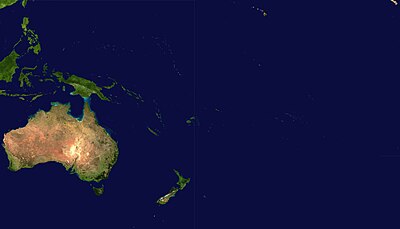These two maps combined can easily be demonstrated to young children, and those of us that don't have that much of short-term memory can always return to hard copy. We need to understand the different areas captured in boundaries by definitions. The contents and the two maps helps to understand how we in Hawaii fit in the larger picture and how we can be in charge of our lives as well as our future.
Asia-Pacific Economic Cooperation (APEC) is a forum for 21 Pacific Rim countries (formally Member Economies) that seeks to promote free trade and economic cooperation throughout theAsia-Pacific region. Established in 1989 in response to the growing interdependence of Asia-Pacific economies and the advent of regional economic blocs (such as the European Union) in other parts of the world, APEC works to raise living standards and education levels through sustainable economic growth and to foster a sense of community and an appreciation of shared interests among Asia-Pacific countries. Members account for approximately 40% of the world's population, approximately 54% of the world's gross domestic product and about 44% of world trade.[1]
An annual APEC Economic Leaders' Meeting is attended by the heads of government of all APEC members except the Republic of China (Taiwan), which is represented under the nameChinese Taipei by a ministerial-level official. The location of the meeting rotates annually among the member economies, and until 2011, a famous tradition involved the attending leaders dressing in a national costume of the host member.
Geopolitics
In the geopolitical conception used by the United Nations, International Olympic Committee, and many atlases, Oceania includes Australia and the nations of the Pacific from Papua New Guinea east, but not the Malay Archipelago or Indonesian New Guinea.[14][15][16]
[edit]Other definitions
- The term is sometimes used more specifically than in the geopolitical conception, to denote acontinent comprising Australia and proximate islands.[6][7]
- New Zealand forms the south-western corner of the Polynesian Triangle. Its indigenous Māoriconstitute one of the major cultures of Polynesia. It is also, however, considered part of Australasia.[14]
- The widest definition of Oceania includes the entire region between continental Asia and the Americas, thereby including islands in the Pacific Rim such as the Japanese Archipelago, Taiwan, and the Aleutian islands.[17]




Replies